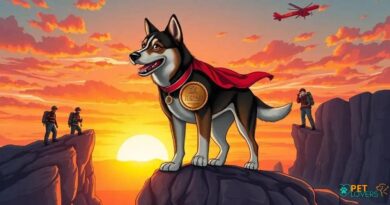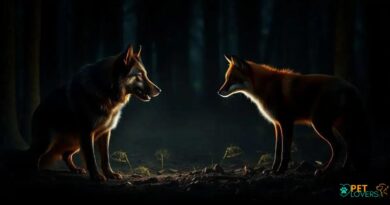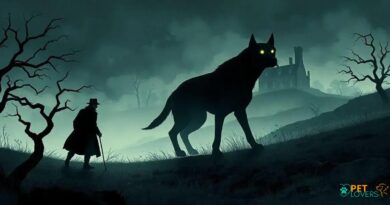What is Quoll
What is Quoll?
The Quoll is a fascinating marsupial native to Australia and New Guinea, belonging to the family Dasyuridae. Known for its distinctive spotted coat, the Quoll is often compared to a small leopard due to its striking appearance. These nocturnal creatures are primarily solitary and are known for their agility and hunting skills, making them an intriguing subject for wildlife enthusiasts and researchers alike.
Physical Characteristics of Quolls
Quolls exhibit a range of physical characteristics that make them unique among marsupials. They typically have a slender body, sharp claws, and a long tail that aids in balance during their agile movements. The fur of a Quoll can vary in color from brown to black, adorned with white or cream-colored spots. Adult Quolls can weigh between 2 to 14 pounds, depending on the species, with the Eastern Quoll being slightly smaller than its Western counterpart.
Habitat and Distribution
Quolls inhabit a variety of environments, including forests, grasslands, and coastal regions. They are primarily found in Australia, with different species occupying specific areas. The Eastern Quoll is commonly found in Tasmania, while the Western Quoll is more prevalent in mainland Australia. Their adaptability to different habitats allows them to thrive in both urban and rural settings, although habitat loss poses a significant threat to their populations.
Diet and Feeding Habits
As carnivorous marsupials, Quolls have a diverse diet that includes insects, small mammals, birds, and even reptiles. They are skilled hunters, using their keen sense of smell and sharp eyesight to locate prey. Quolls are also known to scavenge, taking advantage of carrion when available. Their feeding habits play a crucial role in the ecosystem, helping to control populations of smaller animals and insects.
Behavior and Social Structure
Quolls are primarily nocturnal, becoming active at night to hunt and explore their surroundings. They are solitary animals, with males and females coming together only during the breeding season. Quolls communicate through vocalizations, scent markings, and body language, establishing territories that can overlap with those of other individuals. Their behavior is influenced by environmental factors, including food availability and habitat conditions.
Reproduction and Life Cycle
The breeding season for Quolls varies by species and region, typically occurring in late winter to early spring. After a gestation period of about three weeks, females give birth to a small number of underdeveloped young, which then crawl into the mother’s pouch to continue developing. The young Quolls remain in the pouch for approximately two months before emerging to explore the world. They are weaned at around three months and become independent shortly after.
Conservation Status
Many Quoll species are facing threats due to habitat destruction, competition with invasive species, and changes in land use. The Eastern Quoll, in particular, has seen a significant decline in population numbers. Conservation efforts are underway to protect their habitats and promote awareness about the importance of these unique marsupials. Organizations are working to create wildlife corridors and restore natural habitats to support Quoll populations.
Quolls in Culture and Folklore
Quolls have captured the imagination of many, featuring in various cultural narratives and folklore. Indigenous Australian communities have long recognized the significance of Quolls in their stories and traditions. These marsupials are often depicted as clever and resourceful creatures, symbolizing adaptability and survival. Their unique characteristics and behaviors continue to inspire artists, writers, and nature enthusiasts around the world.
Interesting Facts About Quolls
Quolls are remarkable creatures with several interesting traits. For instance, they can leap up to three meters in a single bound, showcasing their impressive agility. Additionally, Quolls have a relatively short lifespan, living up to five years in the wild, although some individuals may survive longer in captivity. Their unique reproductive strategy, where females can breed multiple times in a season, contributes to their population dynamics and resilience.



